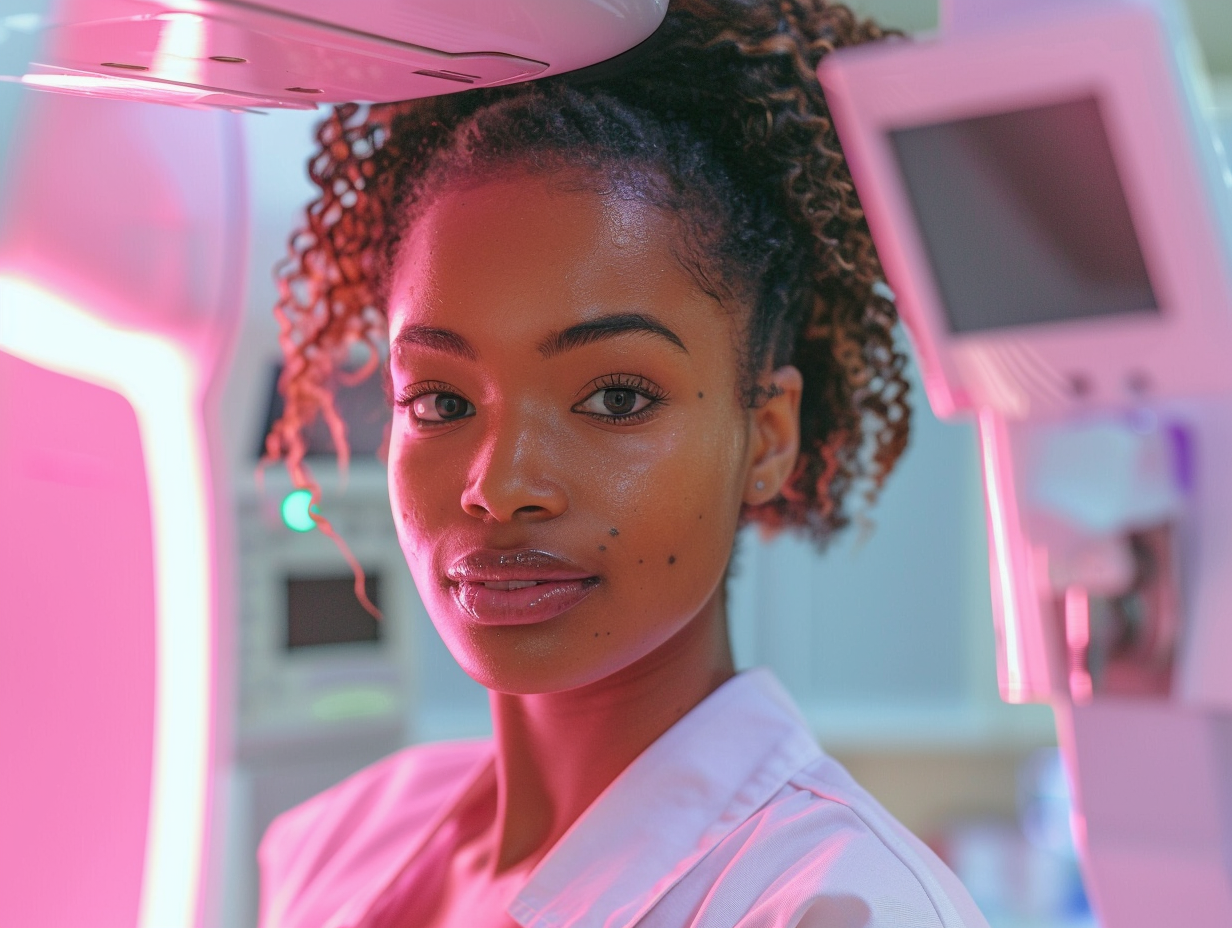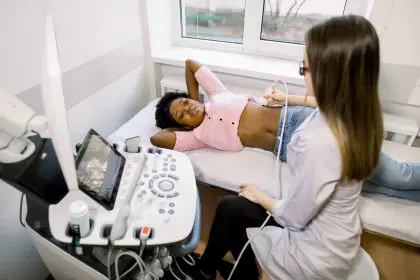Early detection is the cornerstone of successful breast cancer treatment. Mammography, an X-ray imaging technique, is the primary tool used to detect breast cancer at its earliest stages, often before symptoms even appear. While the standard recommendation is for women to begin routine mammograms at age 40, certain factors can increase a woman’s risk of developing breast cancer, making early mammograms crucial. This guide explores who needs early mammograms and the importance of staying informed about your breast health.
Why early detection matters
Breast cancer is the most common cancer among women, with an estimated 287,850 new invasive cases expected in the United States in 2024. The earlier breast cancer is detected, the higher the chances of successful treatment and a positive outcome. Early-stage breast cancer is often highly treatable with a high survival rate. Mammography plays a vital role in early detection by identifying abnormalities in breast tissue that may be cancerous.
Here’s why early detection through mammograms is crucial:
- Increased treatment options: Early detection allows for less invasive treatment options like lumpectomy (removal of the tumor only) with radiation therapy.
- Improved survival rates: Early-stage breast cancer has a significantly higher five-year survival rate compared to later stages.
- Reduced risk of recurrence: Early detection and treatment can significantly reduce the risk of breast cancer recurrence.
Women who need early mammograms
While the standard recommendation is for women with average risk to begin mammograms at 40, certain factors can necessitate earlier screenings. Here are key situations where early mammograms are crucial:
- Strong family history: A close relative (mother, sister, daughter) diagnosed with breast cancer before age 50 significantly increases your risk.
- Genetic predisposition: Mutations in genes like BRCA1 and BRCA2 significantly elevate breast cancer risk. Genetic testing can help determine if you carry these mutations.
- Dense breast tissue: Dense breast tissue on mammograms can make it harder to detect abnormalities. Early and regular screenings are recommended for women with dense breasts.
- Previous chest radiation therapy: Exposure to radiation for treatment of other cancers, especially during adolescence or young adulthood, increases breast cancer risk.
When to discuss early mammograms with your doctor
If you have any of the following risk factors, it’s crucial to discuss the possibility of early mammograms with your doctor:
- A family history of breast cancer in a close relative diagnosed before age 50
- Personal history of a breast biopsy showing atypical hyperplasia (increased cell growth that may become cancerous)
- Known BRCA1 or BRCA2 gene mutations
- Dense breast tissue identified on a previous mammogram
- Previous chest radiation therapy before age 30
Tailoring a screening plan
There’s no single approach to early mammograms. Your doctor will consider your individual risk factors, age and overall health to determine the appropriate screening schedule. This may involve starting mammograms earlier than 40, increasing the frequency of screenings or incorporating additional imaging techniques like breast MRI.
The importance of breast self-awareness
Early detection doesn’t solely rely on mammograms. Breast self-awareness is vital for women of all ages. Regularly checking your breasts for any changes in size, shape or texture can help you identify potential abnormalities early on.
Here’s how to perform a breast self-exam:
- Visual inspection: Stand in front of a mirror with your arms raised overhead and then at your sides. Look for any changes in the skin, such as dimpling, redness, or puckering.
- Palpation: While lying down, place your right hand behind your head and use the fingertips of your left hand to feel for any lumps or bumps in your right breast. Repeat on the left side.
Remember, a lump doesn’t always mean cancer. However, it’s crucial to report any changes you notice to your doctor for further evaluation.
Additional considerations
While early mammograms offer significant benefits for women at high risk, there are also some considerations to keep in mind:
- False positives: Mammograms can sometimes detect abnormalities that turn out to be benign (noncancerous). This can lead to additional testing and emotional stress.
- Overdiagnosis: Early detection can sometimes identify slow-growing cancers that may not have caused any harm during a woman’s lifetime.
- Radiation exposure: While the radiation dose from a mammogram is low, it’s still important to discuss the risks and benefits with your doctor, especially for younger women.
Open communication with your doctor
The decision of whether or not to have early mammograms is a personal one. Open communication with your doctor is crucial for making informed decisions about your breast health. Here are some tips for effective communication:
- Gather information: Before your appointment, research breast cancer risk factors, early detection methods and potential benefits and drawbacks of early mammograms.
- Prepare questions: Write down a list of questions to ask your doctor, such as your personalized risk factors, recommended screening schedule and alternative screening options.
- Be clear and open: Express your concerns about breast cancer risk and your desire for early detection. Don’t hesitate to ask for clarification on any information you don’t understand.
- Discuss your family history: Provide detailed information about any family history of breast cancer, including the age of diagnosis and type of cancer.
- Share your preferences: Discuss your comfort level with different screening methods and your preferences for frequency of mammograms.
Taking charge of your breast health
Early detection is the key to successful breast cancer treatment. Mammography remains a valuable tool, especially for women at high risk. By understanding your individual risk factors and discussing early mammograms with your doctor, you can take a proactive approach to your breast health.
Remember:
- Early detection through mammograms can significantly improve treatment outcomes for breast cancer.
- Women with certain risk factors, such as a strong family history or genetic mutations, may benefit from early mammograms.
- Breast self-awareness is crucial for all women, regardless of age or risk factors.
- Open communication with your doctor empowers you to make informed decisions about your breast health screening.
Early detection doesn’t guarantee you won’t get breast cancer, but it significantly increases the chances of successful treatment and a positive outcome. Taking charge of your breast health through regular screenings, self-awareness and open communication with your doctor empowers you to navigate this crucial aspect of women’s health.
This story was created using AI technology.














